ADSactly History - Wrongfully Maligned Figures in History (Part 2)
In my last post, we started taking a look at some famous people in history who are generally considered to have been bad people, even though they weren't. We took a look at how propaganda drastically changed how we view these people today and more interestingly, why.
Before we move on to the next four people on the list, I would like to point out once more that these people were not good and this list's purpose isn't to say they were.
They were not good people, but they weren't monsters. They were just a product of their times.
7. Lucrezia Borgia
The Borgia family has been the target of countless accusations of lechery, poisoning, incest and nepotism throughout history. Lucrezia is said to have been a horrible woman who bedded both her father and her brothers and was a master poisoner.
But of course she wasn’t. That’s still just propaganda.
Her father, Pope Alexander VI (aka Rodrigo Borgia) was very hated in Rome, both for being the most powerful man in the city as well as for being a Spaniard. A lot of people felt a foreigner did not belong on the Seat of St. Peter and started spreading malicious rumors about the Pope and his family, rumors that were only fueled by the many disgruntled cardinals who wanted the power for themselves.
And while both the Pope and his son, Cesare, had their faults, Lucrezia was just a sad case, a woman used as a political pawn by her family. She suffered a lot of injustice, least of all being forcefully separated from her young son, born out of wedlock.
Lucrezia was a clever young woman, often trusted by her father to rule cities (very rare for a woman to do so, in those days). She was a patron of the arts and came to be loved by everyone she met, even by people who were hostile and downright mean to her when they first met her, liker her father-in-law, Ercole d’Este. She was a good mother and a just Duchess, yet most people remember her as a harlot.
6 Galileo Galilei
Nowadays, Galileo Galilei is one of the most beloved and respected figures in science, often referred to as "the father of modern science", but this was not always the case. Among many other discoveries and theories, he was a champion of heliocentrism (basically said the planets revolve around the Sun), which went against the much more popular geocentrism, which stated that things revolve around Earth. He made numerous scientific discoveries and was a most prolific man.
However, he received a lot of hate during his lifetime, often being criticized for his “outrageous theories” and treated like a fool.
In 1615, Galileo’s theory was investigated by the Roman Inquisition and deemed "foolish and absurd in philosophy, and formally heretical since it explicitly contradicts in many places the sense of Holy Scripture."
Galileo tried to defend his beliefs in Dialogue Concerning the Two Chief World Systems, but was accused of criticizing the Pope, tried by the Inquisition and placed under house arrest for the rest of his life. He lived as a scientific outcast and most of his discoveries, which we now consider fundamental, were discredited and treated as non-sense. Talk about unfair…
However, he did receive some recognition during his lifetime, but because of this conflict with the Catholic Church, far less than he deserved. When he died at the age of 77, the Grand Duke of Tuscany, Ferdinando II, wished to bury him in the Basilica of Santa Croce, next to his ancestors. He even wanted to erect a marble mausoleum in his honor, so Galileo wasn't completey without recognition.
But this plan was abandoned after the Church intervened against this "heretic" Galileo, and he was buried in a modest grave (he has since been reburied in the main body of the Basilica).
5. Mary I of England
Often remembered as Bloody Mary, this English ruler was in fact, not bloodier than any other monarchs of her time. The only thing that’s relatively remarkable about her reign was the high number of deaths during the very short time span. In five years, she sent 283 Protestants to their deaths.
I think it’s worth remembering, though, that Mary’s father was the infamous Henry VIII who sent no less than 50,000 people to the gallows during his 38 years of reign. It’s also worth remembering that Mary lost her status as a child and was forced to live in relatively meager conditions (for the child of a king) after Henry divorced her mother and married Anne Boleyn.
She was also persecuted for her Catholicism, all through her young life. And during her reign, she had an entirely loveless marriage to Philip of Spain and suffered greatly because of her incapability to have children (she died, most probably of ovarian cancer at 42).
Hers was a truly sad story and while she did have some terrible moments, she wasn’t overall worse than any other rulers. She’s largely remembered as Bloody Mary because of the discrediting campaign run by her Protestant sister, Elizabeth, once she ascended to the throne.
4. Nero
We’re always told that the Roman Emperor Nero was a monster who persecuted Christians and sang while Rome burned. And while he wasn’t by any means the greatest person in the world (pretty much like everyone else on the list), he didn’t deserve the title of Antichrist.
A lot of Nero’s bad reputation comes from the work of historians such as Suetonius (who, although a good writer, was terribly into gossip and often presented rumors as facts) and Cassius Dio, both of whom were born after Nero’s death, thus not the most reliable sources.
And while these two spread the rumor that Nero sang and played the fiddle as Rome burned, another biographer, Tacitus, tells of Nero’s efforts to fight the fire, to stop it from spreading. He also tells how Nero offered his own palace as shelter and payed for the efforts with his own money. He’s also said to have personally taken part in the search party for survivors. Quite a different picture, indeed.
Nero is often painted as a monster and few people take into account the many evil advisers who took advantage of his youth and inexperience. In truth, the first five years of Nero’s reign were regarded as a glorious time and after his suicide at the tender age of thirty, there were many rumors that Nero wasn’t dead and would return to his beloved people – not the sort of rumor people spread about a monstrous tyrant.
Another thing that isn’t properly understood is his persecution of Christians. While he did do that, we have to understand that Christians back then were barely a minor sect of Judaism and hated by many. Besides, Christians sought to convert people from the Roman religion and thus, from the emperor himself. It’s understandable why Nero would act against them (not out of madness, but out of self-preservation).
So, what do you guys think? Anyone on the list come as a shock to you?
Also, if you know of any other famous historical figures who are often misinterpreted, I'd love to hear about them below!
Authored by @honeydue
References: Lucrezia Borgia 1 2
Galileo Galilei 1
Mary I 1
Nero 1 2
Click on the coin to join our Discord Chat

Witness proposal is here:
Go To Steem Witness Page
In the bottom of the page type: adsactly-witness and press vote.

Use small letters and no "@" sign. Or, click here to vote directly!
Thank you!
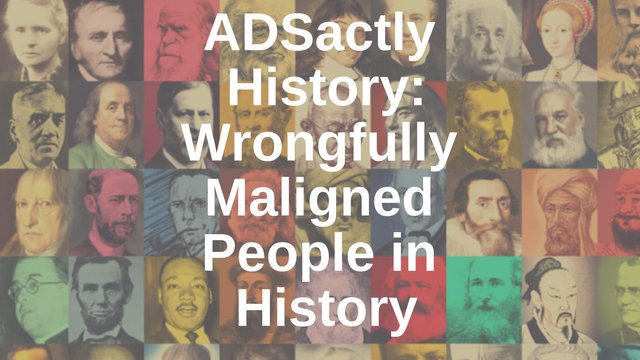
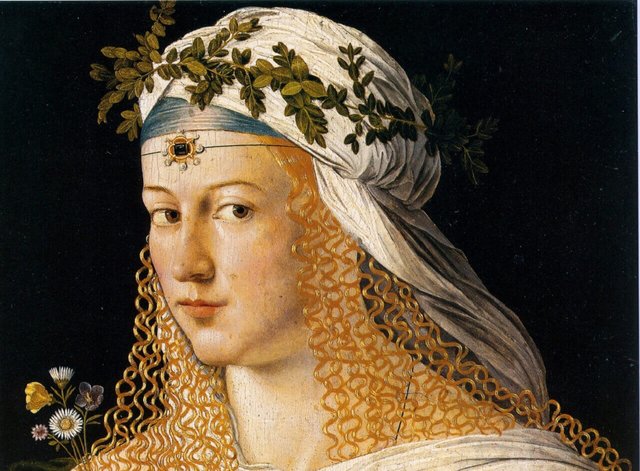
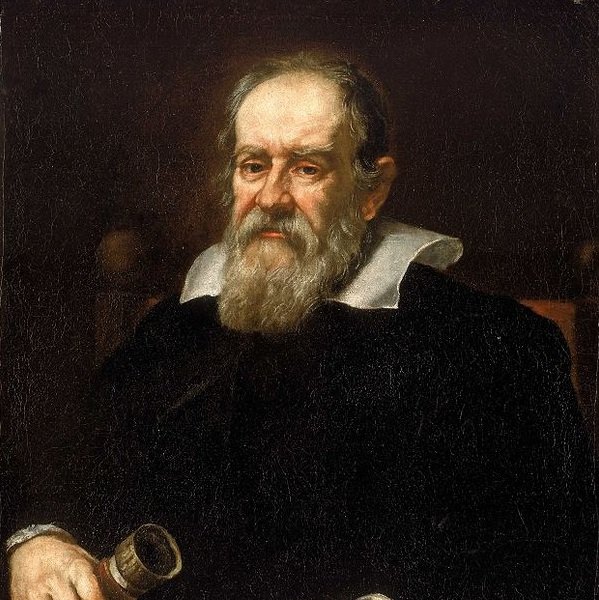
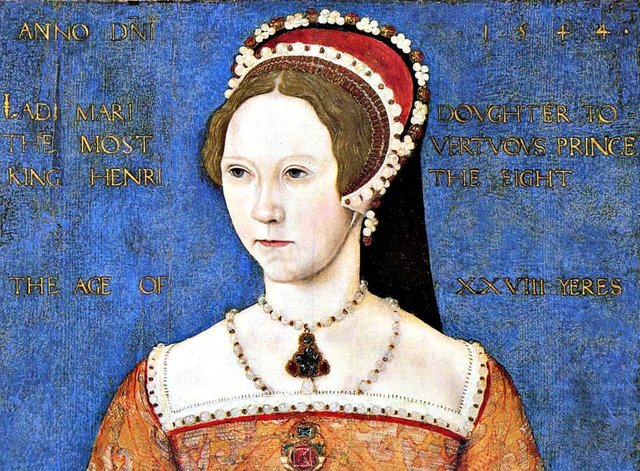
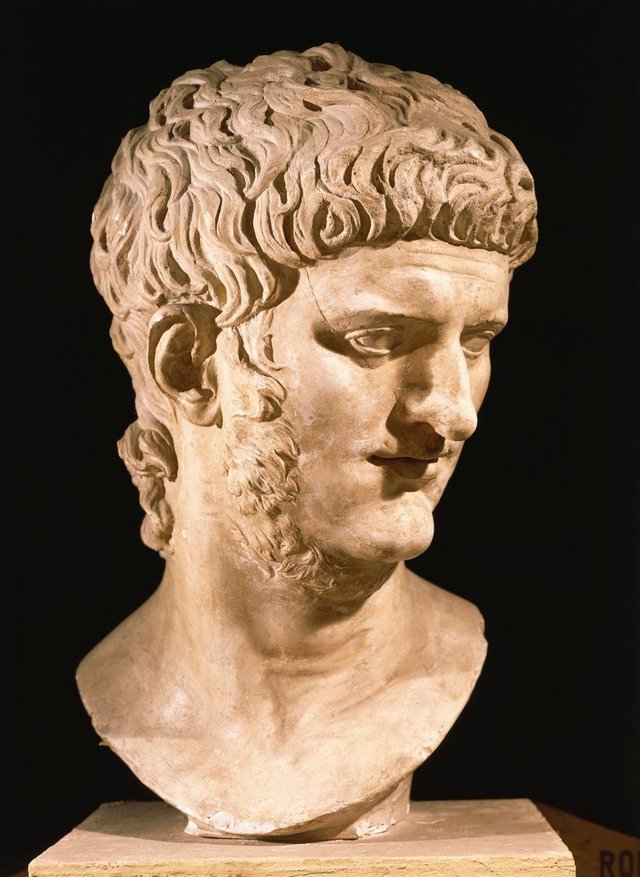
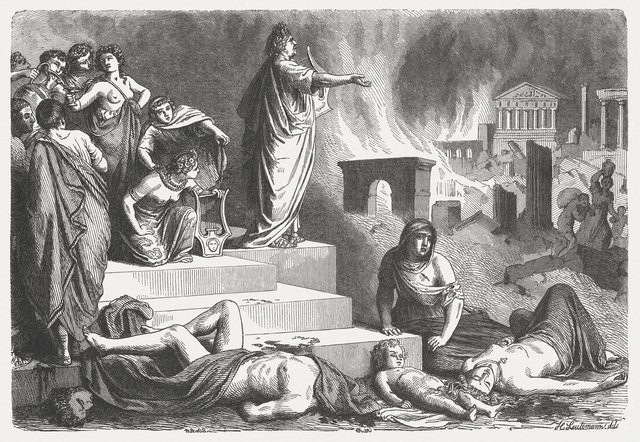

I'm so glad you included Mary Tudor @honeydue! I would have suggested her if you hadn't. That book I mentioned previously by Hilda Lewis, approached her story from very much the angle of her being a product of the times. There would have been a lot of pressure for her from the Catholic church to get things back under Catholic control.
Reading through these it's easy to see that we haven't really changed at all over the years when it comes to propaganda painting people in an evil light for the purposes of bringing a campaign against them. We're probably just less gruesome about it.
Posted using Partiko Android
True about many many historical figures. But I guess it's more convenient to look at them through the lens of naughty gossip.
I've never been an actual fan of Mary, for some reason, but I've always found it hard to see her as the tyrant people were so keen to accuse her of being, you know?
Excellent observation. Not to mention all the negative connotations in her personal life associated with the reform.
We haven't changed at all. I made a post about discrediting people in today's world (just some thoughts drawn from writing this series), you might like to check it out. It's interesting to see how willing the general population are to be manipulated and lied to, to have "important" folk brought down to their level so that they can feel superior.
By the way, feel free not to upvote the post I recommended, I really don't mind. I generally don't do that precisely because I don't want people to feel like they have to. ;)
Your information is always very interesting, @honeydue. It seems to me very fair to demystify the versions manipulated around Lucretia Borgia and Mary I of England. De Galieleo Galilei las falsedades In Galileo Galilei up to Pope Benedict XVI in one of his famous allocutions recognized its value and the misunderstanding of the Catholic Church. What did surprise me was Nero's claim; I did not know that version of this character, who, undoubtedly, like all Roman emperors, was a tyrant. Thank you for your post. Greetings.
Undoubtedly. But was he the Antichrist, as he is popularly remembered today? As I said, they were all products of their times, you have to take into account Nero's childhood and the very tense political world he lived in. Because people who portray him today tend to take him out of context, I believe.
Everyone is always equipped with weaknesses and strengths. if at that time people were mistaken, of course there was a reason. but we as a generation of history readers must be willing to learn and take lessons from their character. although it could be that they were at that time blamed by subsequent history narrators, we must react wisely.
the characters you peel completely become a mirror for us with the hope that the dark history that they might do does not happen again in the future.
the figure of one person Galileo, Nero, Mary may be said to be guilty of the parameters of the truth at that time. and I understand it as thoughts and actions that come from individual freedom to interpret things.
and now we can reflect more on the various events that occur so we can sort out what is good and what is bad for us to do
Thank you @honeydue
Thank you @adsactly
thank you steemit
Warm regard from Indonesian
I read your post and I wonder to what extent societies, the elites, have manipulated history. Maybe in the end we only know what they want us to know, that we manage. Only part of the story. In the case of many characters, it must be said that the televsion and the cinema have been commissioned to mythologize them and recreate them according to convenience. For example, if there is an enemy that can tear an image or clean it, it is the church. In particular, he had never read or seen anything in favor of Nero, who is always described as a tyrant, cruel and megalomaniac tyrant, capable of killing his own mother. I think we have to review a lot of the history that we manage and believe truly. Thank you very much for this series of posts, @honeydue.